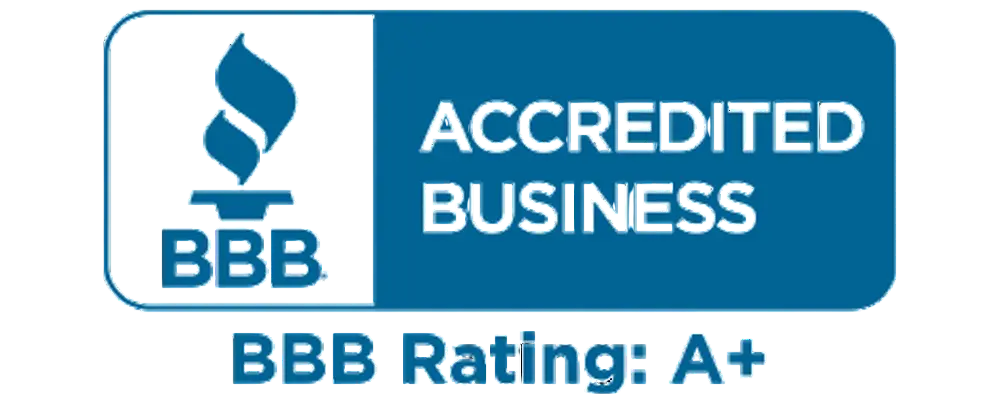Download free PDF
Industrial Emission Control System Market Size – By System, By Industry, Analysis, Share, Growth Forecast, 2025 – 2034
Report ID: GMI846
|
Published Date: December 2024
|
Report Format: PDF
Download Free PDF
Authors: Ankit Gupta, Shashank Sisodia



Premium Report Details
Base Year: 2024
Companies covered: 17
Tables & Figures: 25
Countries covered: 23
Pages: 120
Download Free PDF

Industrial Emission Control System Market
Get a free sample of this report
Get a free sample of this report Industrial Emission Control System Market
Is your requirement urgent? Please give us your business email
for a speedy delivery!





Industrial Emission Control System Market Size
The global industrial emission control system market size was valued at USD 42.4 billion in 2024 and is estimated to grow at a CAGR of 5.7% from 2025 to 2034. The market is expected to grow as more stringent rules and limits are set regarding pollution levels for energy associated industries such as power generation, manufacturing, and chemical processing. Governments across the world in partnership with environmental agencies are constructing stricter emission norms to limit the emission and degradation of the environment by various pollutants which include particulate matter firing emission engines, sulfur oxides, nitrogen oxides, volatile organic compounds, and carbon emissions.
Due to increasing environmental concerns, more and more industries have started adopting modern emission control technologies such as selective catalytic reduction (SCR) systems, electrostatic precipitators (ESPs), and other carbon capture solutions. Furthermore, the increase in the need for emissions free energy along with the rise investment for clean energy promotes the growth of the market as sectors aim at combining their systems with emission control systems.
Industrial Emission Control System Market Trends
Shifting trends are evident in the industry paradigm that can be attributed to the growth of IoT devices and the integration of AI in analyzing emissions control systems. Additionally, server-based monitoring systems are focusing on predictive maintenance, which allows for the real time tracking of operational efficiency as well as emissions. Key industry players are focusing on expanding their product portfolios and collaborating with government bodies to offer tailor made solutions for individual commercial areas, which has resulted in a surge IoT and AI use. Additionally, the use of hybrid emission control systems for multiple types of pollutants, both cost and efficiency effective, has become a growing trend contributing to the market growth.
Industrial Emission Control System Market Analysis
The scrubber industry is anticipated to surpass USD 38.5 billion by 2034. The forecast for the growth of the oil industry is promising given the fact that there has been an increase in the advanced dust collection systems techn0logy and the industry players are emphasizing on controlling oil mists. Additionally, there has been a substantial growth in product acceptance and a greater infiltration due to relentless improvements to design and functioning of systems by major manufacturers.
The power plant industry will grow at a CAGR of over 5% from 2024 to 2034. The power plants emission control systems market has been fueled by the growing emphasis on emission control regulations and expanding energy infrastructure development. According to the World Economic Forum, air pollutants emitted by land use and fossil fuels during the year 2022 increased by around 0.8%, and it is predicted that it would greatly benefit the growth of the industrial emission control system market in the remaining years.
The U.S. market for industrial emission control system is estimated to exceed USD 7.5 billion by 2034, due to rapid growth accumulated by strict enforcement of environmental laws and the increased emphasis on air quality. The technologically advanced power generation, cement, fertilizers, and chemical sectors are anticipated to further boost the demand for emission reduction solutions adapted to SOx, particulate matter, and NOx control. Expanding investment in filtration technologies, catalytic reduction systems, and scrubbing technologies also appear to be capturing interest in the market due to their added efficiency and operability.
The Asia Pacific region ranks the highest in terms of coal consumption owing to their extensive uses, especially in power plants, cement and chemical industries as well as metal processing. Moreover, the excessive use of fossil fuels for industrial processes has been a major problem due to increased carbon emissions. Thus, various developing countries have initiated to increasingly focus on the use of better and new options for electricity generation for the purpose of reducing air pollution.
Industrial Emission Control System Market Share
The key participants in the industrial emission control systems industry are actively pursuing several strategic campaigns such as product launches and contract bids in order to enhance their competitive edge. Providing new products, modifying obsolete technologies and improving the emission control systems in place will aid these businesses with their competitiveness in the market. It is expected to improve efficiency and comply with changing regulations due to the ongoing modernization and improvement of treatment technologies such as advanced filtration systems, scrubbers and catalytic converters.
Industrial Emission Control System Market Companies
Major players operating in the industrial emission control system industry are:
Industrial Emission Control System Industry News
This industrial emission control system market research report includes in-depth coverage of the industry with estimates & forecast in terms of revenue (USD Billion) from 2021 to 2034, for the following segments:
Market, By System
Market, By Industry
The above information has been provided for the following regions and countries: